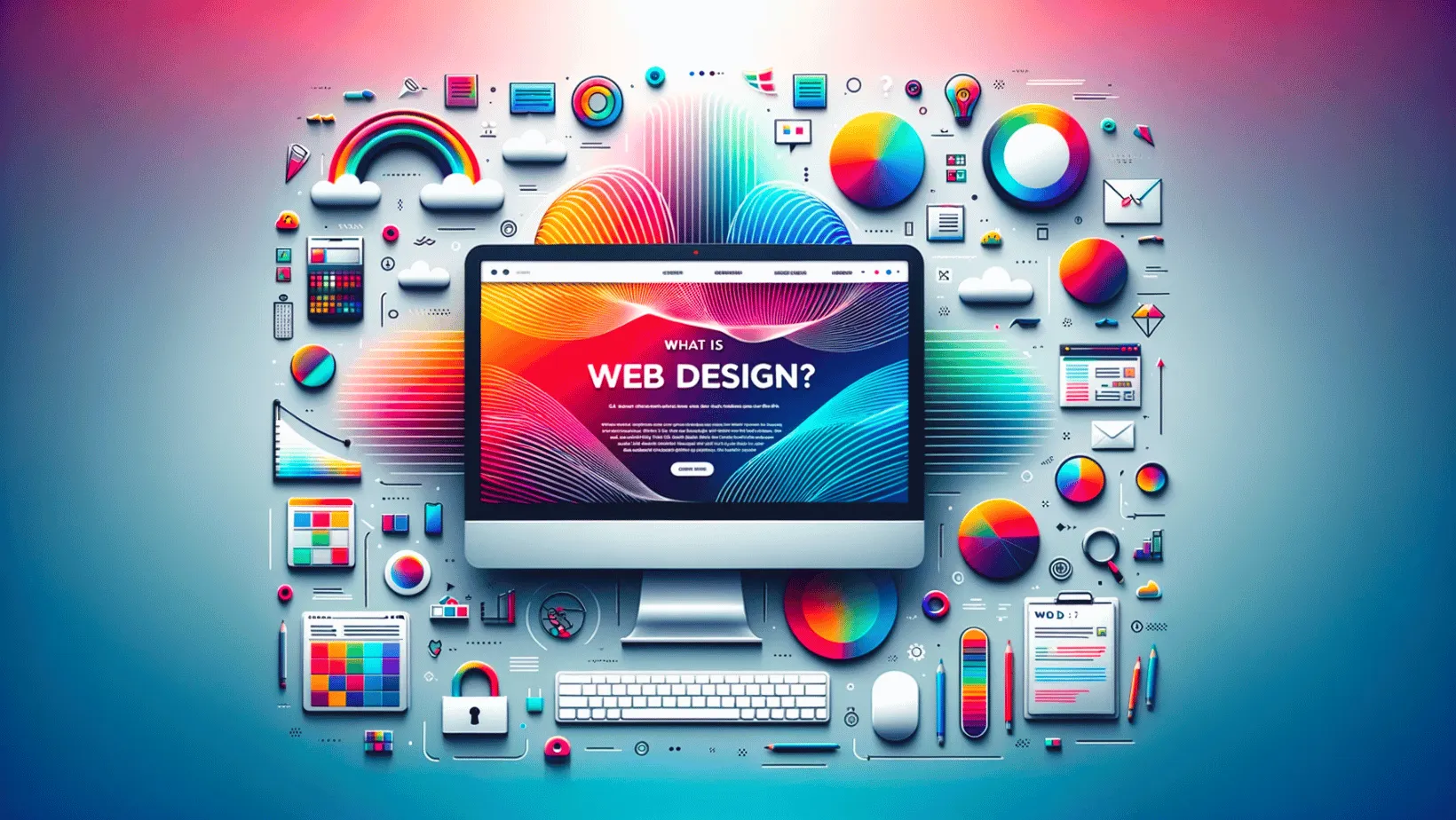The Role of Responsive Web Design in Reaching a Broader Audience
The Role of Responsive Web Design in Reaching a Broader Audience
Blog Article
Just How Efficient Web Layout Can Boost Customer Experience and Conversions
In the progressively affordable digital landscape, efficient web layout plays a pivotal role in improving individual experience and driving conversions. As we explore the key components that add to effective web layout, it ends up being evident that the influence on customer contentment and conversion prices is profound.
Value of User-Centric Style
In the world of web style, prioritizing user-centric layout is vital for producing efficient electronic experiences. This technique concentrates on understanding the needs, choices, and behaviors of users, making sure that electronic user interfaces are intuitive and accessible (Web design). By integrating user comments right into the design procedure, internet developers can craft experiences that reverberate with their target audience, eventually resulting in increased engagement and fulfillment
User-centric layout stresses use, which is essential for preserving customers and reducing bounce rates. When individuals can navigate a web site easily, they are extra likely to explore its material and transform right into clients. A user-centered strategy cultivates trust fund and reputation, as customers really feel that their demands are valued and attended to. This not only improves their experience yet also encourages brand commitment.

Crucial Element of Effective Format
Reliable layout acts as the backbone of user-centric website design, equating individual requires into visual structures that facilitate interaction. An efficient design focuses on content via a clear pecking order, guiding individuals' eyes to crucial info first. This power structure is commonly developed making use of color, dimension, and spacing, guaranteeing that essential elements stick out.
Another key element is the usage of whitespace, which protects against congestion and improves readability. Web design. Whitespace permits aspects to take a breath, making the overall design appear cleaner and simpler to navigate. Additionally, uniformity in layout elements, such as typefaces and shades, cultivates knowledge and trust, allowing individuals to browse the site with greater ease
Grid systems can likewise be very useful, providing a structure that straightens web content realistically and aesthetically. This alignment enhances the individual experience by developing a structured visual circulation. Flexibility in design-- like responsive style-- makes sure that web sites do well throughout numerous gadgets, providing to varied user preferences.
Inevitably, a reliable layout not just astounds individuals but also motivates them to engage even more deeply, eventually fulfilling and driving conversions organization goals. By concentrating on these essential aspects, developers can create formats that resonate with users and boost their total experience.
Navigational Best Practices
Clear and user-friendly navigation is important for boosting user experience on an internet site. A well-structured navigating system allows individuals to discover details swiftly, which straight affects their satisfaction and probability of conversion - Web design. Carrying out a hierarchical framework is crucial; utilize groups and subcategories that logically team relevant content, making it easier for site visitors to discover
Uniformity in navigating aspects is likewise important. Make certain that web links, buttons, and menus preserve harmony in vogue, shade, and placement throughout all web pages, giving customers with a familiar click here for more framework as they browse. Furthermore, use detailed labels for navigation items. Rather than generic terms, choose clear tags that precisely mirror the content, assisting customers in making notified decisions.

Mobile Responsiveness and Ease Of Access

Availability, on the other hand, concentrates on making web sites usable for people with handicaps. This includes adhering to standards such as the Web Material Availability Standards (WCAG), which attend to concerns like color comparison, message dimension, and key-board navigation. By applying these criteria, web developers can develop inclusive website link experiences that accommodate a broader target market, therefore enhancing customer involvement and satisfaction.
Moreover, mobile responsiveness and access not only boost user experience but also favorably impact search engine rankings. Internet search engine focus on mobile-friendly and accessible sites, making them more probable to show up in pertinent search results page. Spending in these facets of web design not only satisfies individual requirements yet likewise adds to overall service success via raised presence and boosted conversion prices.
Measuring Success Via Analytics
Tracking user interactions and actions with analytics is important for assessing the success of an internet site. By leveraging tools such as Google Analytics, companies can collect critical data that reveals just how users involve with here are the findings their site. Metrics such as bounce prices, ordinary session duration, and conversion rates provide understandings right into individual behavior and can highlight areas for enhancement.
Recognizing customer demographics and website traffic sources even more boosts an internet site's efficiency. This information allows internet designers to tailor content and style elements to much better meet the requirements of their target audience. In addition, tracking specific user journeys helps identify possible bottlenecks in the conversion channel, making it possible for organizations to enhance their internet style as necessary.
A/B testing different style elements can give concrete evidence of what resonates with customers, permitting for notified decisions based on real-world efficiency. Ultimately, measuring success through analytics not only improves individual experience yet additionally drives conversions, ensuring that web design initiatives line up with service purposes.
Verdict
In final thought, effective web style plays an essential function in improving customer experience and driving conversions. By focusing on user-centric concepts, applying vital format components, and guaranteeing intuitive navigation, websites can involve a varied audience. Mobile responsiveness and access more add to a seamless interaction for all users. Ultimately, determining success with analytics enables continuous renovation, making certain that design techniques remain aligned with user demands, thus promoting company growth and success.
In the significantly competitive electronic landscape, effective web design plays a crucial role in boosting user experience and driving conversions. By incorporating customer feedback right into the style process, web designers can craft experiences that reverberate with their target audience, ultimately leading to boosted engagement and contentment.
Inevitably, the value of user-centric design lies in its capacity to create meaningful interactions that drive conversions and foster lasting connections with customers, making it a crucial element of successful web style approaches.
Inevitably, gauging success through analytics not only improves customer experience but likewise drives conversions, guaranteeing that internet layout initiatives align with company objectives.In final thought, reliable internet design plays a critical duty in enhancing individual experience and driving conversions.
Report this page